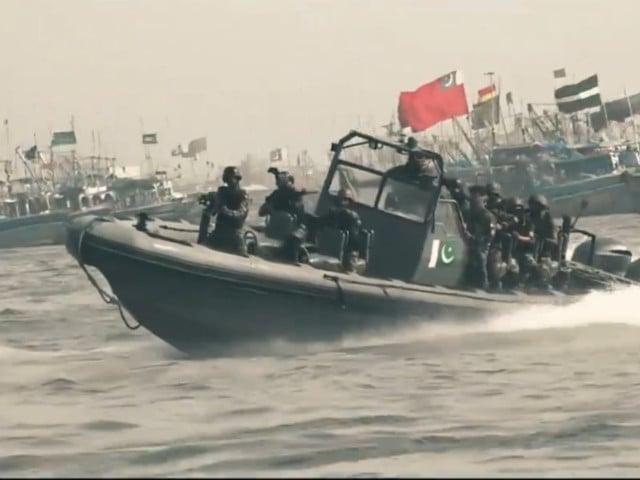The Pakistani navy successfully concluded a two-day exercise aimed at countering sub-conventional and asymmetrical threats in all the main ports and ports across the country, according to a press release published by the Pakistani navy.
The exercises have been designed to test and refine tactics, techniques and procedures (TTP) to ensure a robust defense of critical maritime infrastructure in the face of the evolution of threats.
PN led a 2-day ex focusing on the fight against sub-conventional and asymmetrical threats in all the main Pak ports and ports, aimed at validating and refining tactics, techniques and procedures to ensure a solid defense of the critical maritime infrastructure against asymmetrical threats. 1/3 pic.twitter.com/r1isajwybb
– DGPR (Navy) (@dgprpaknavy) June 1, 2025
The exercise involved operations coordinated by the Pakistani navy fleet, Pakistan Marines, the special service group (Navy) and the naval aviation units. The scenarios included sabotage, infiltration and unconventional attacks, with the aim of improving the coordination of internestitutions, the awareness of the situation and the capacity for rapid response.
The Commander of the Rear Admiral Faisal, Amin, visited operational sites during the exercises and simulations of live action observed. He congratulated the participants for their high level of preparation and professionalism.
Comcoast R / ADM Faisal Amin visited various operational configurations to ports and ports and has witnessed live action simulations carried out by participating units. He appreciated the high level of preparation and professional driving demonstrated during the exercises. 3/3
– DGPR (Navy) (@dgprpaknavy) June 1, 2025
“The secure functioning of ports and ports is directly linked to national economic stability and growth,” said counter-admin, emphasizing the strategic importance of maritime installations.
The Pakistani navy has reaffirmed its commitment to maintain a high operational preparation state and to strengthen its capacity to defend maritime borders against emerging safety challenges.




